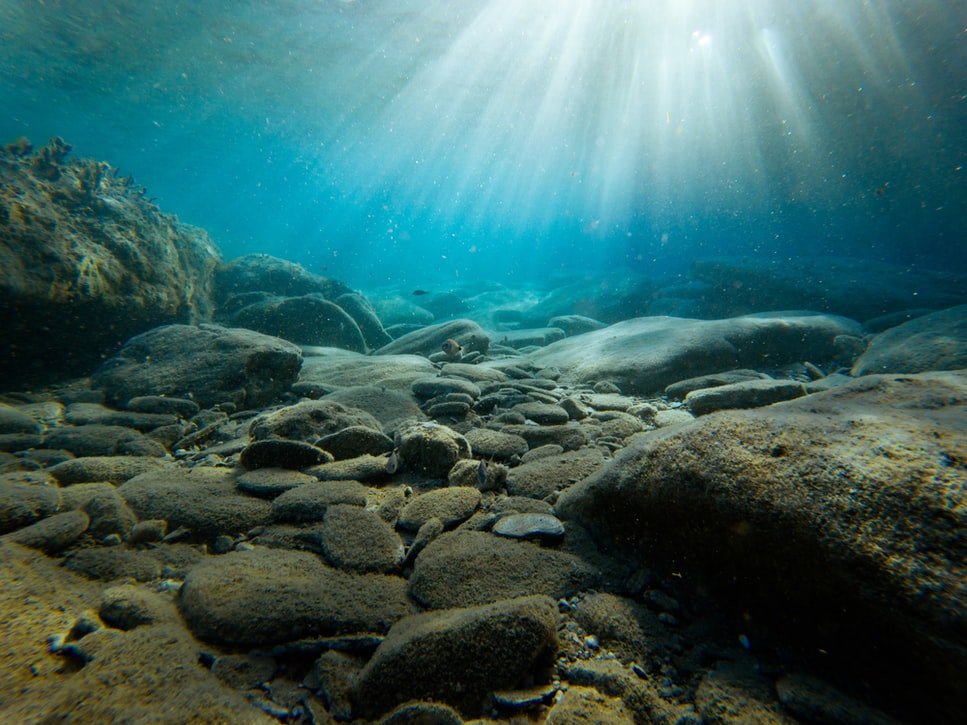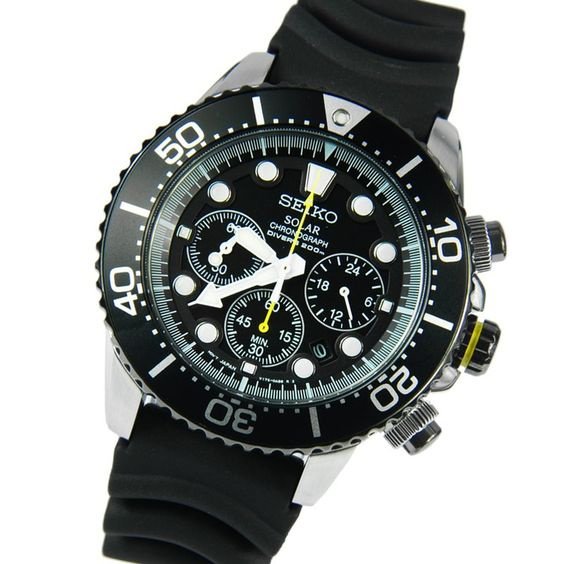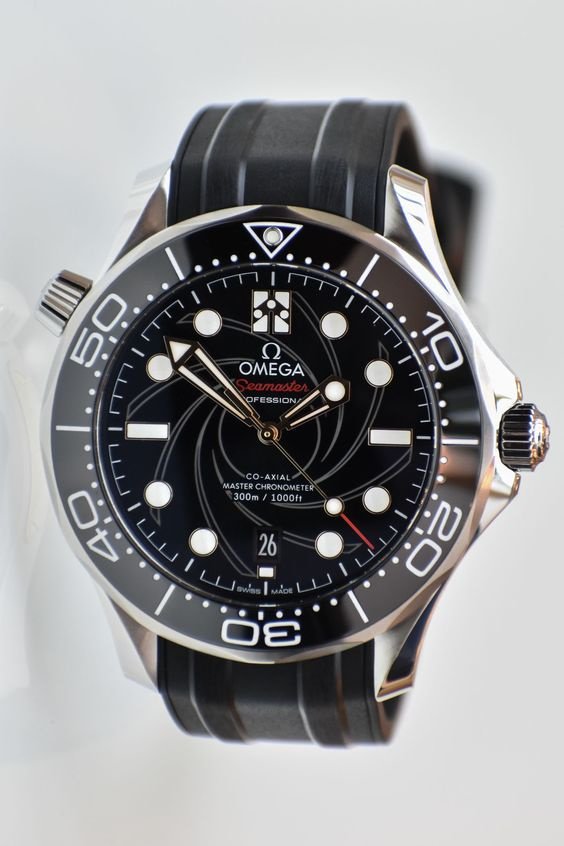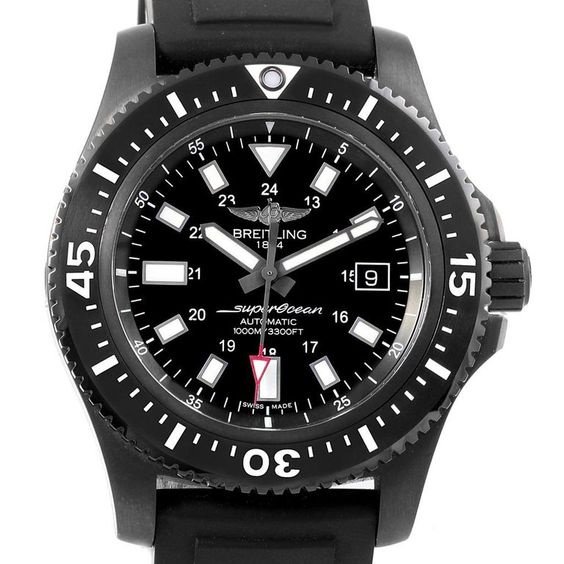A Buying Guide to Depth Water Resistance Watches

Published: Apr 04, 2021
Depth / Water Resistance Guide for Watches
The depth resistance associated with a water resistant watch is sometimes misunderstood for actual depths which a timepiece can withstand. Unless you are familiar with the industry, it would be a reasonable assumption to think that a watch rated to be water resistant to 30 meters would withstand a dive up to 30 meters. It turns out that this is not true. We would like to provide clarification so that you can understand what the depth resistance means in real terms, in order for you to ensure that your timepiece is not exposed to levels of saturation which may cause it harm.
Regardless of any depth resistance, a few key pointers are very important:
* If the crown or helium valve (if applicable) is left open or unscrewed, the timepiece will not be water resistant.
* If the chronograph buttons are depressed underwater, water will leak into the movement.
* Although it is officially acceptable to shower with a timepiece, we strongly urge that you do not do so. Over time, the hot steam can deteriorate and crack the rubber seal.

Seiko Solar Chronograph Diver
Reference: SSC021
Case/Dial: 43mm Stainless Steel, Black
200 meters / 660 feet
Movement: V175, Self-winding
Functions: Chronograph, Date, Solar, Calendar
Strap: Rubber
Style: Chronograph
All depth resistance is measured in Bars, which is the unit of measure for atmospheric pressure (referred to as ATM). The number of Bars a timepiece can withstand is typically multiplied by ten when translated into meters of depth resistance. The guide below provides clarity with regards to how many Bars translate to how many meters, and how this is applicable to real life scenarios:
- 30m, 100ft - 3 BAR, 3 ATM
- Will withstand accidental splashes but not suitable for swimming.
- 50m, 165ft - 5 BAR, 5 ATM
- Will withstand shallow swimming but not diving, snorkelling or water sports.
- 100m, 330ft - 10 BAR, 10 ATM
- Suitable for swimming and snorkelling but not suitable for high board diving or submerged diving.
- 200m, 660ft - 20 BAR, 20 ATM
- Suitable for all high impact water sports and scuba diving at depths not requiring helium gas and/or decompression.
- 300m, 1000ft - 30 BAR, 30 ATM or Greater
- Suitable for all high impact water sports, scuba diving and saturation diving.

Omega Seamaster Diver 300M James Bond
Reference: 210.93.42.20.01.001
Movement: Omega 8807, Self-winding
Functions: Date, Calendar
Strap: Leather strap
Style: Dress
Most watches with 300m or higher depth resistance will have a helium release valve that will need to be used during periods of decompression. Some watches will not have a visible valve and have an automatic pressure release valve incorporated into the design.
Certain brands of timepieces such as Breitling, Oris, and Omega have divers watches which are depth resistant up to 1000 meters in some cases, and are very resilient to any water immersion.

Breitling Superocean 44 Special Black Steel
Reference: M17393
Movement: Breitling 17, Self-winding
Functions: Date, Calendar, Rotating Bezel, Screw-Down Crown, 38h power reserve
Strap: Rubber
Style: Diver
Conclusion
It is always best to remember what your timepiece can withstand based on the list above in order to safeguard the integrity and functionality of your timepiece. It is also important to note which strap you have on the timepiece. Steel/titanium bracelets and rubber straps can be submerged for extended periods of time, while leather and croc straps should not come into contact with water as it will cause some deterioration. With care, your timepiece will be water resistant if used in accordance with the guidelines listed above.